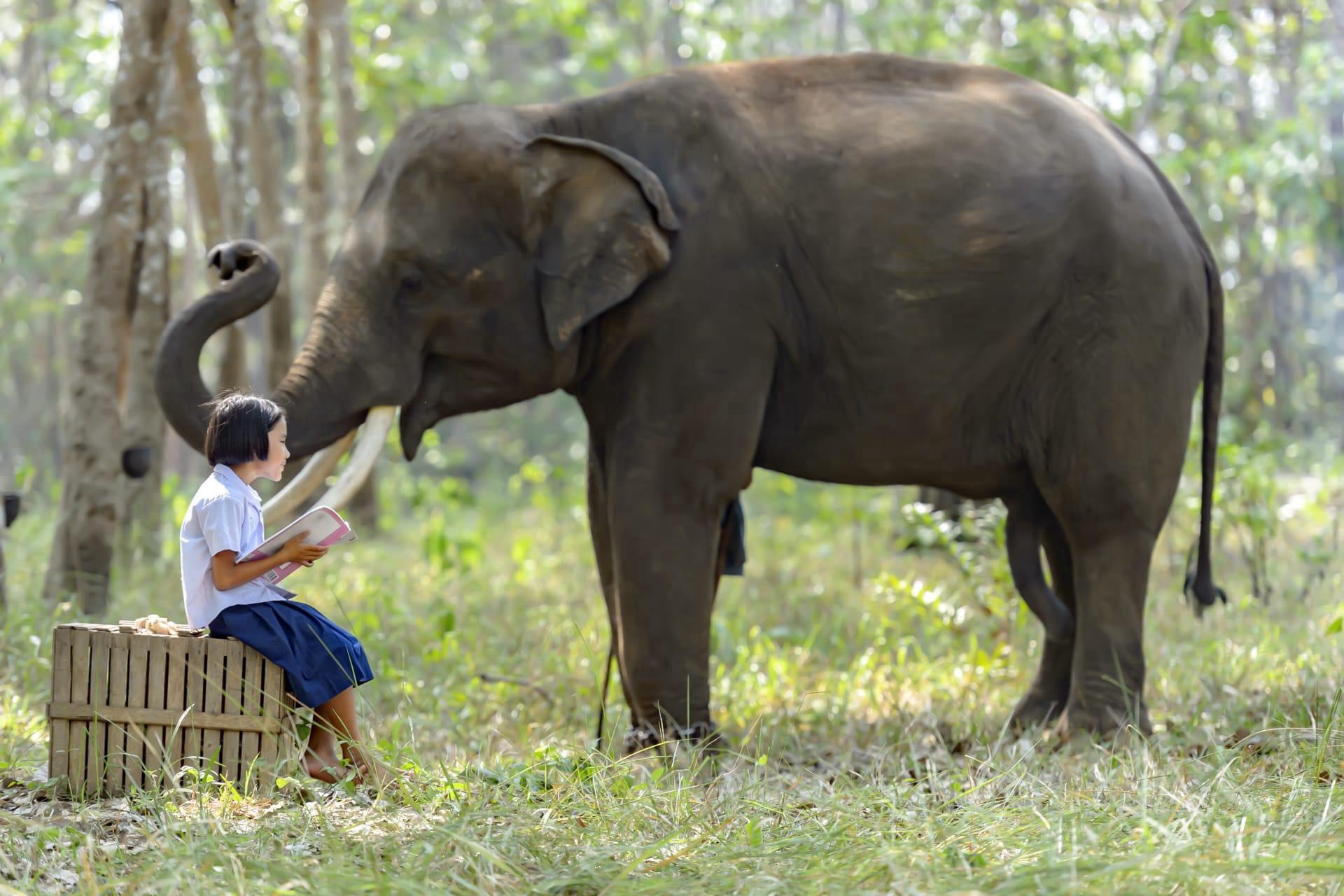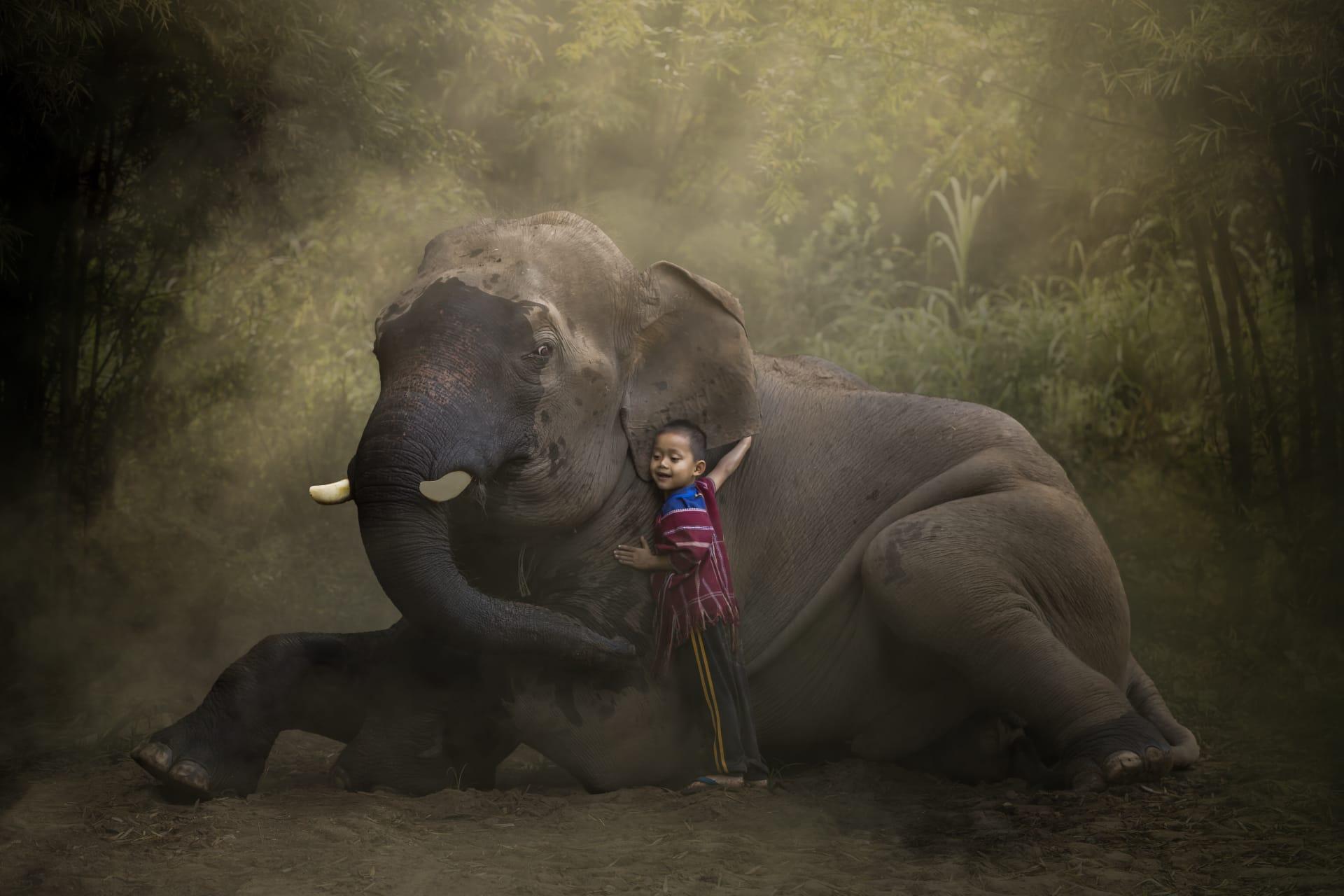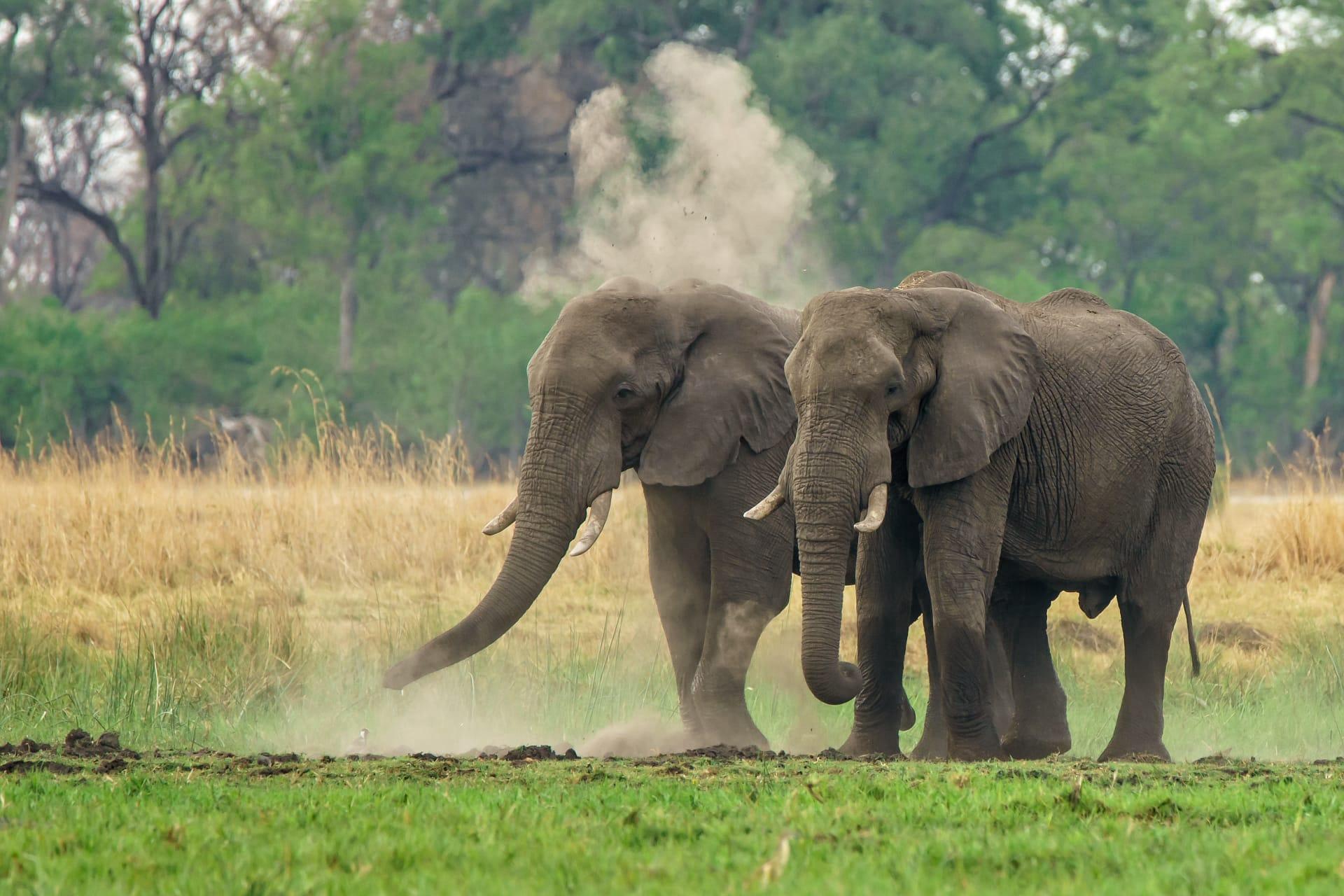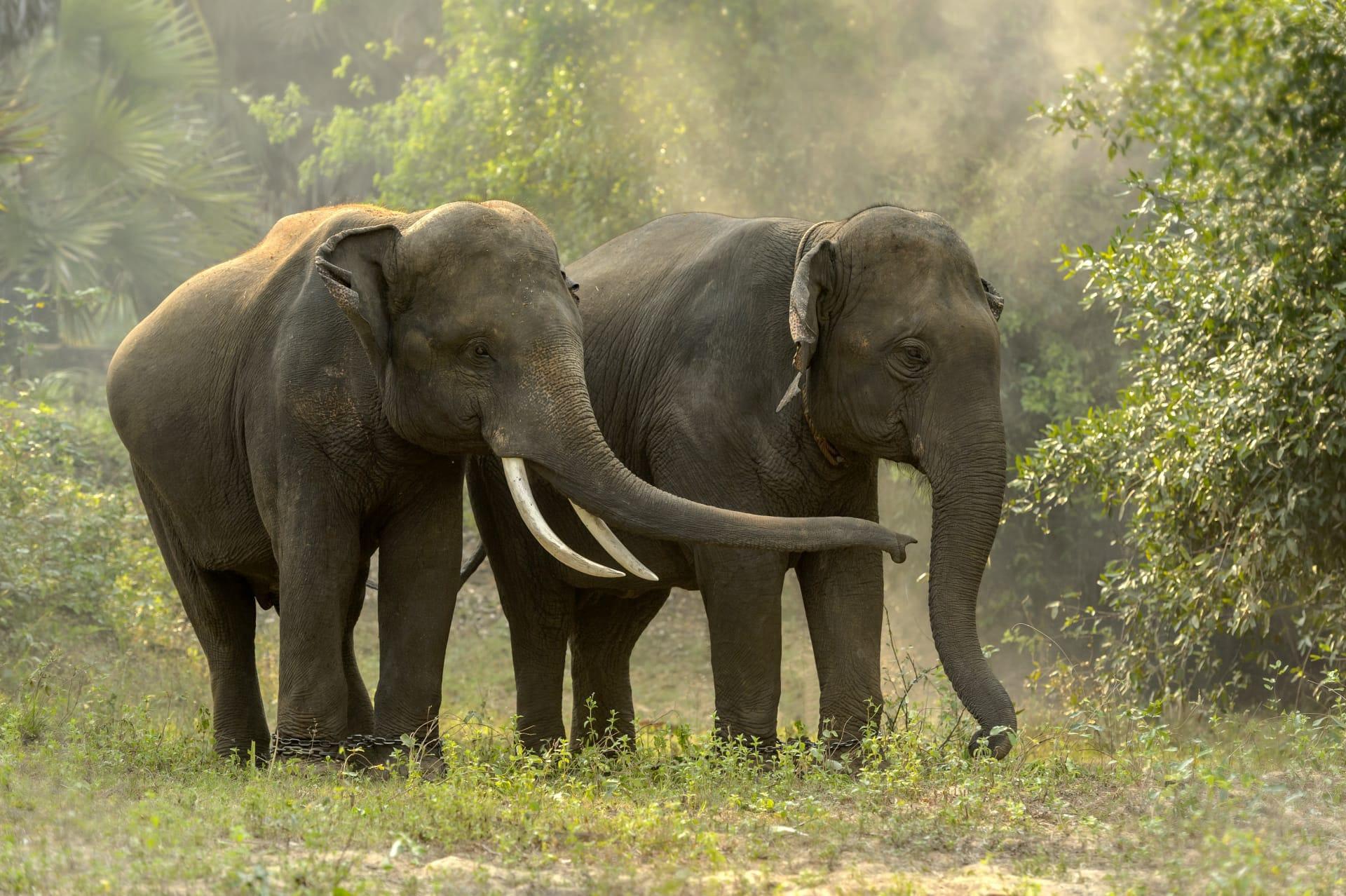Asian Elephant Characteristics
- Home /
- Mini Encyclopedia /
- Animal /
- Asian Elephant Characteristics
1
The Asian Elephant, a majestic creature, boasts a robust physique, with males typically reaching about 9 to 10 feet tall at the shoulder. Weighing in at a staggering 4,500 to 11,000 pounds, they are indeed a force to be reckoned with. Females are slightly smaller, yet still impressive in size. The lifespan of these gentle giants is remarkable, often living up to 60 years in the wild, and occasionally even surpassing this in captivity.
The elephant's trunk, an extraordinary organ, is a fusion of their nose and upper lip. This versatile tool is a marvel of nature, allowing them to grab objects, trumpet warnings, greet other elephants, or even as a snorkel when swimming. Inside, it contains over 40,000 muscles, granting it incredible strength and dexterity. This trunk is essential for their survival, used for feeding, bathing, and a wide array of other tasks.

2
Question: How do Asian Elephants communicate with each other?
Answer: Asian Elephants are known for their complex communication skills. They use a combination of sounds, body language, and even seismic signals. One of their most notable methods is the use of low-frequency sounds, called infrasounds, which can travel over long distances and are inaudible to human ears. These sounds are used for various purposes, including coordinating movements, signaling danger, or expressing emotions. Elephants also communicate through visual cues and touch, reinforcing social bonds within their groups.

3
Asian Elephants are not the fastest creatures, but they can run up to 15 miles per hour in short bursts. Their movement is unique, as they always have at least one foot on the ground, giving them a steady and powerful gait. Despite their size, they are surprisingly nimble and can move quietly through dense forests.
When it comes to feeding, these elephants are herbivores with a large appetite. They consume around 330 to 375 pounds of food daily, which includes grass, leaves, bark, and fruit. Their large molars are perfect for grinding down vegetation, and they often spend up to 18 hours a day feeding to sustain their massive bodies.

4
The Asian Elephant primarily inhabits various regions across South and Southeast Asia. Their environment ranges from grasslands to forests, both in tropical and subtropical areas. These environments provide them with ample food and water sources, though habitat loss is a significant threat to their population.
In terms of reproduction, female Asian Elephants reach sexual maturity around the age of 10-12 years, while males mature later, around 15 years. The gestation period is one of the longest in the animal kingdom, lasting about 18 to 22 months. Typically, a single calf is born, and the mother, along with other females in the group, provides care and protection. Calves are weaned at 2-3 years but remain close to their mothers for several years.

5
Book: "The Asian Elephant: An Action Plan for its Conservation" by Charles Santiapillai and Peter Jackson. Published in 1990, this book is a comprehensive study that outlines the conservation status and management strategies for the Asian Elephant across its range. The authors, both renowned for their work in wildlife conservation, provide an in-depth analysis of the challenges facing these magnificent creatures and propose practical solutions for their preservation.
Book: "Elephants in Asia: Ethology and Conservation" by Raman Sukumar, published in 1989. Sukumar, an Indian ecologist, offers an extensive overview of the behavior and ecology of Asian Elephants. The book delves into their social structure, communication, and interaction with humans, especially in the context of the growing human-elephant conflict. It's a vital resource for understanding these animals and the efforts needed to ensure their survival.